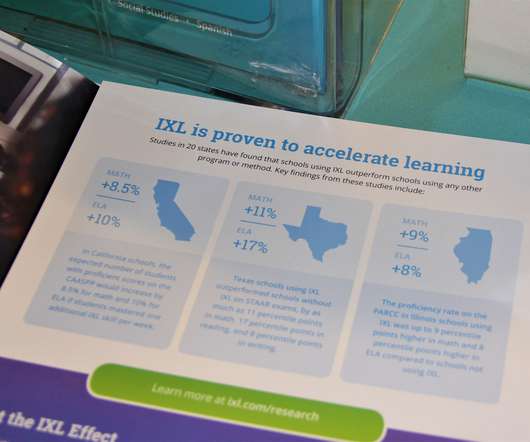#AskExcelinEd: How are states advancing next generation learning?
ExcelinEd
JUNE 19, 2019
Today, there is a new resource for education leaders to use in this important work. Using over 50 examples from state programs, State Progress Toward Next Generation Learning identifies seven Key Policy Components for states to consider when designing general innovation or pilot programs.
















Let's personalize your content